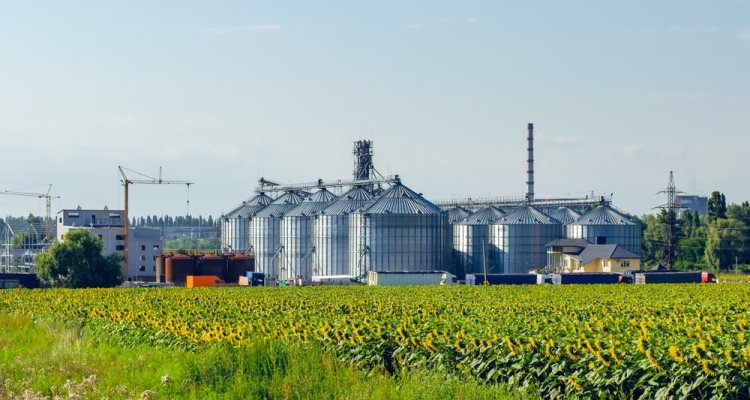
Project
Production of glycolic acid from renewable sources development of application areas (Bio-GA)
Currently, GA production is based on fossil feedstocks (i.e. natural gas and coal) via syngas. This process is energy intensive and results in high costs. In this project a new approach to produce GA from renewable feedstocks will be explored.
This project aims to valorise carbohydrate based feedstock and create new value chains with major impact to improve the business model for the agrifood industry and reduce greenhouse gas emissions: Aim is to develop precompetitive technology to arrive at new methods to convert agricultural waste streams and by-products into glycolic acid (GA) and related products. Market potential of GA based products is in the order of hundreds of thousands to millions of tonnes and as such could serve to significantly enhance the profitability of the agrifood sector, meanwhile having a positive effect on reduction of greenhouse gas emissions: GA is currently a product with a moderate production volume as an intermediate that is used in numerous GA will expand the application opportunities of bio-PGA. Specific focus will be on optimising the processing behaviour and stability of PGA to allow use in e.g. biodegradable and recyclable packaging applications and agricultural applications.industries including the textile industry (dying, tanning agent), the food processing industry (preservative, flavouring agent), and is used in adhesives, solvents, emulsion polymers, additives of paint and inks. It is also a building block for biodegradable polymers like polyglycolic acid (PGA) and lactic acid based copolymers like PGLA.
This bio-GA will be subsequently used in the synthesis of functional chemicals for the home and personal care market, agrochemicals domain and biobased polyglycolic acid (bio-PGA). These applications represent a potential market with a volume of over 2 million tonnes. Furthermore, PGA is an attractive polymer with a unique combination of exceptional barrier and mechanical properties, as well as fast biodegradation and hydrolysis. Due to its current high price, PGA uses are restricted to e.g. biomedical applications and shale gas and -oil extraction. The current global market value of PGA is approx. 5 billion euro. The expected lower costs of bio-GA will expand the application opportunities of bio-PGA. Specific focus will be on optimising the processing behaviour and stability of PGA to allow use in e.g. biodegradable and recyclable packaging applications and agricultural applications.